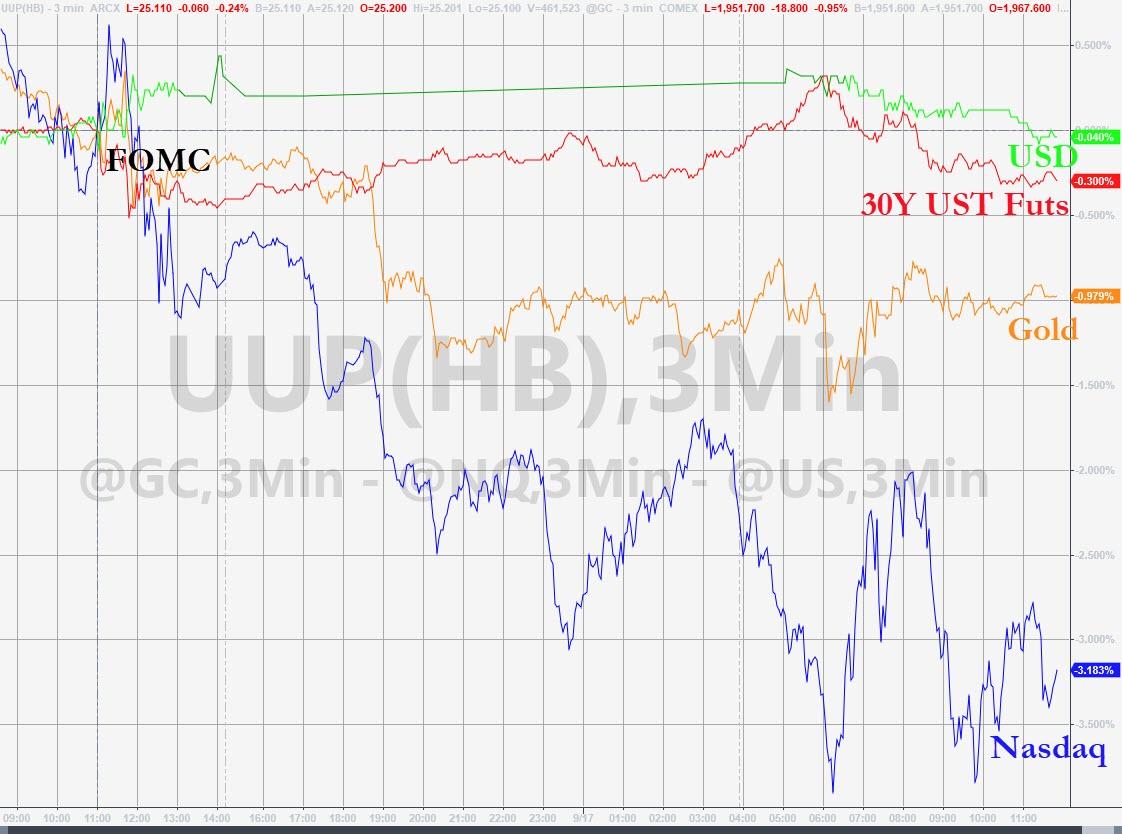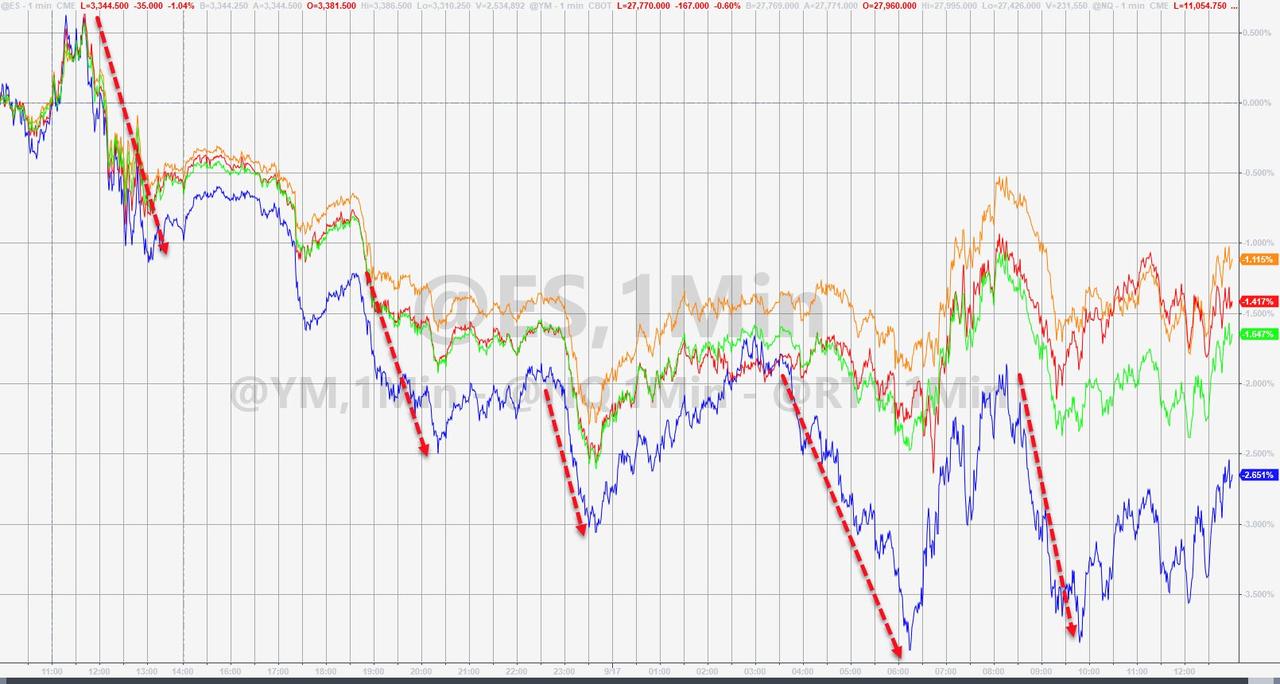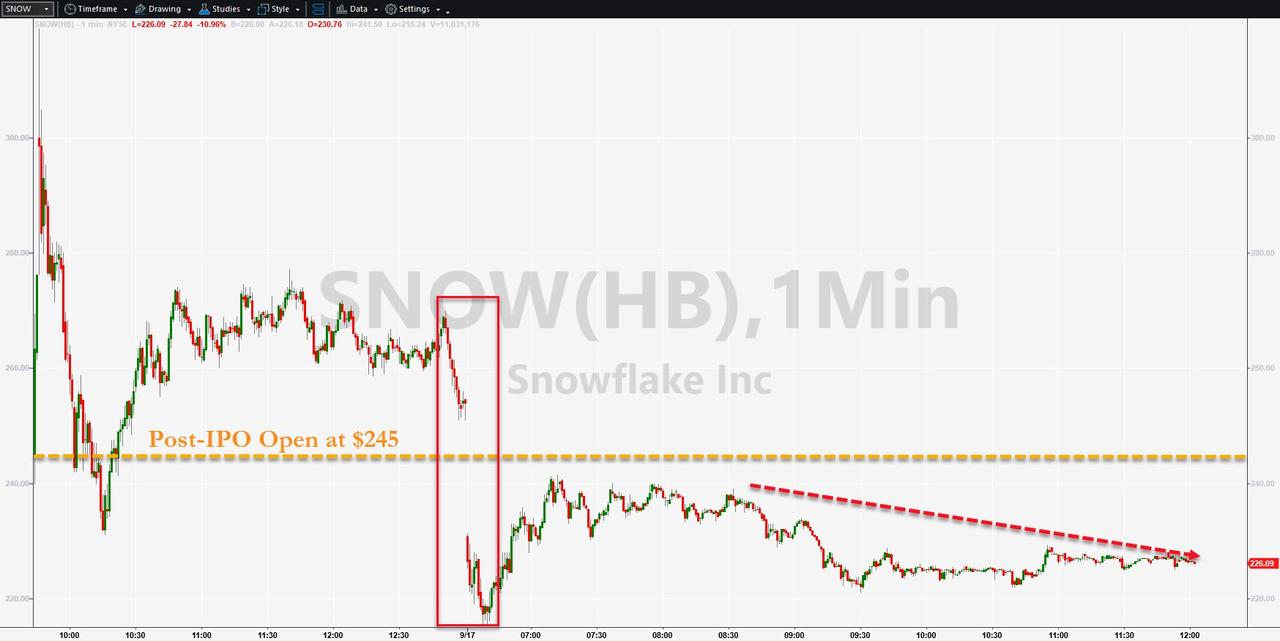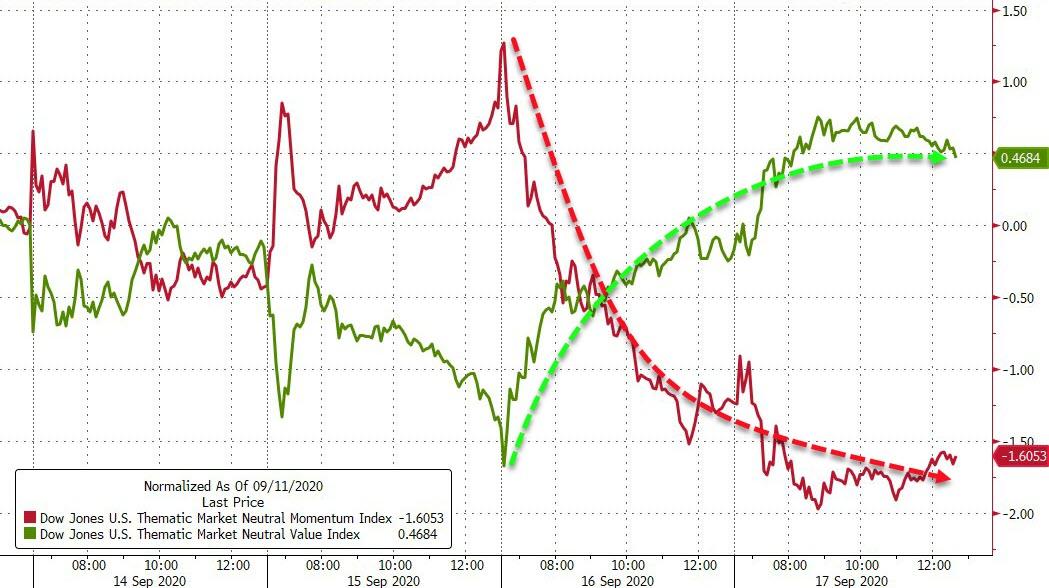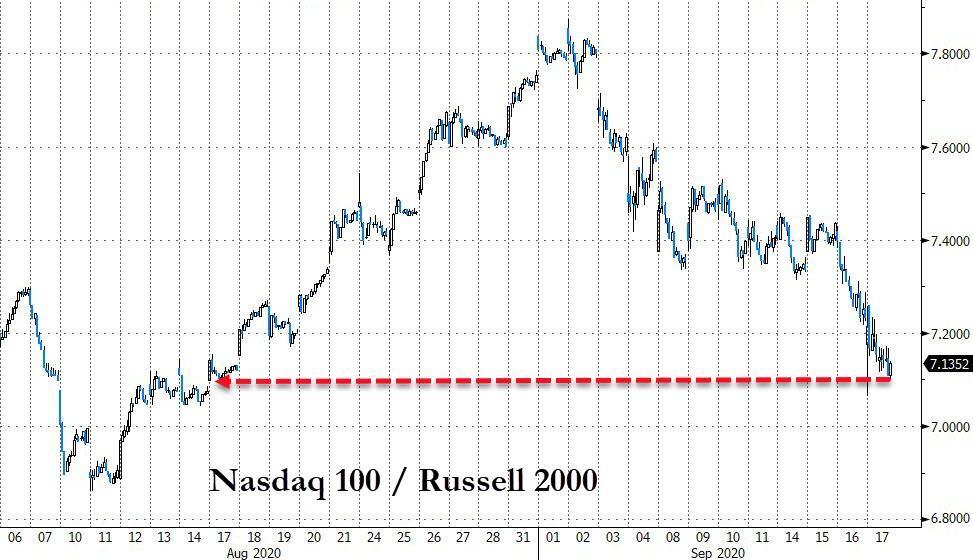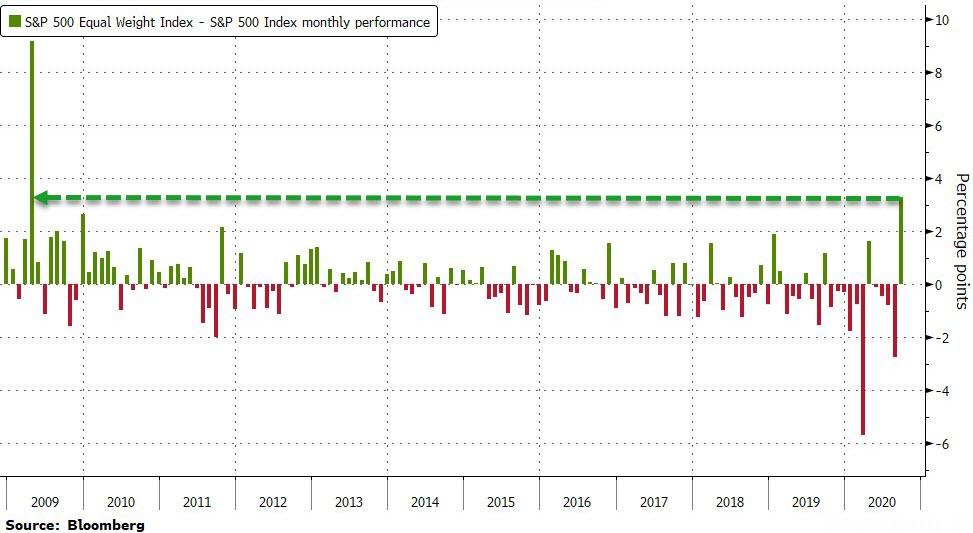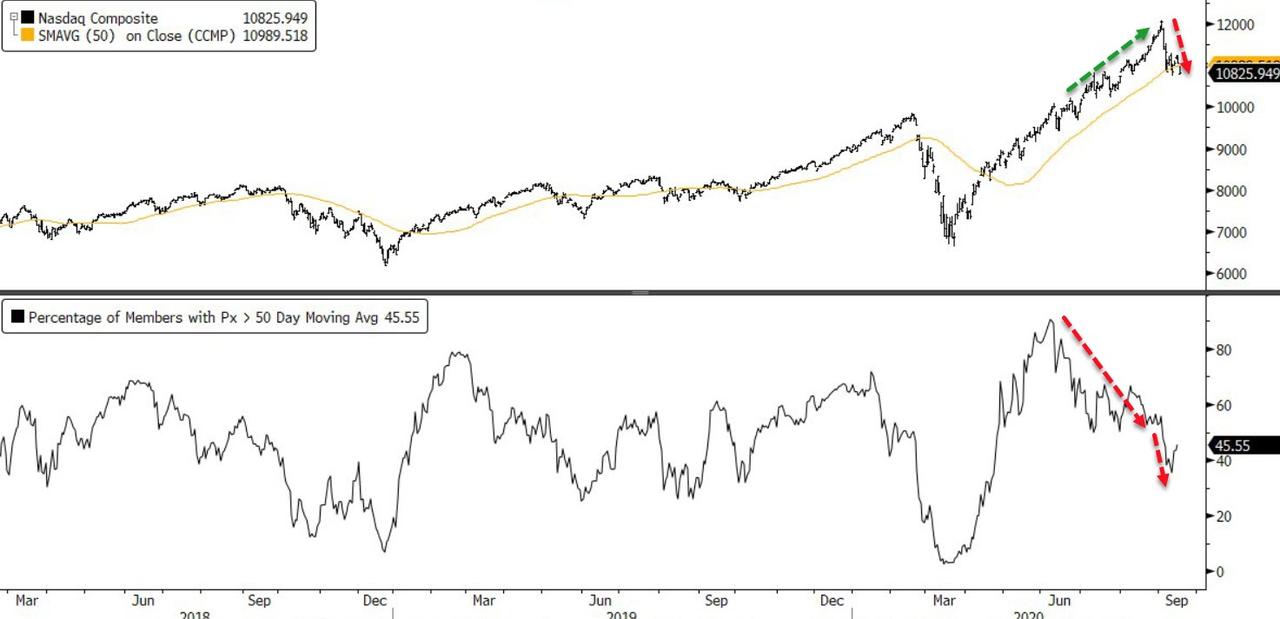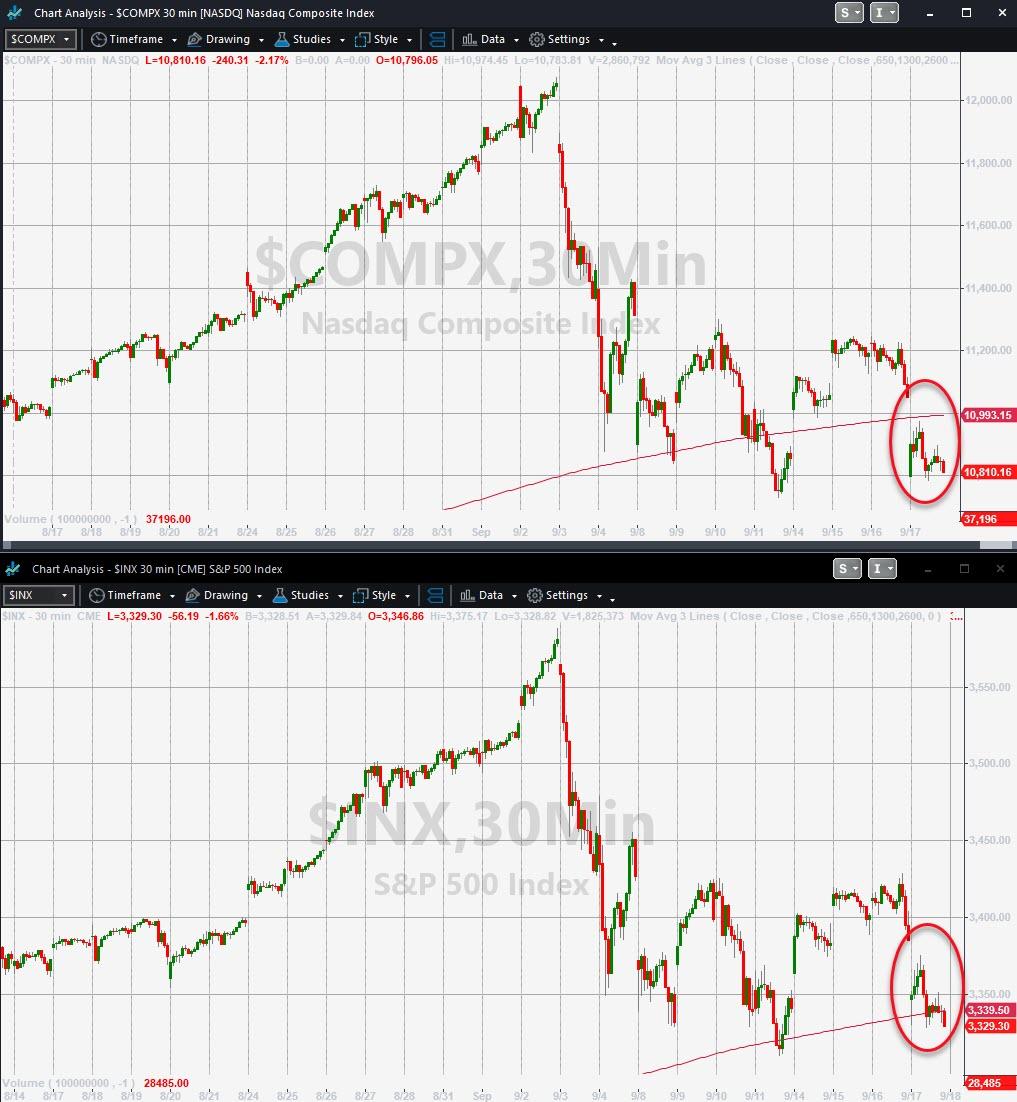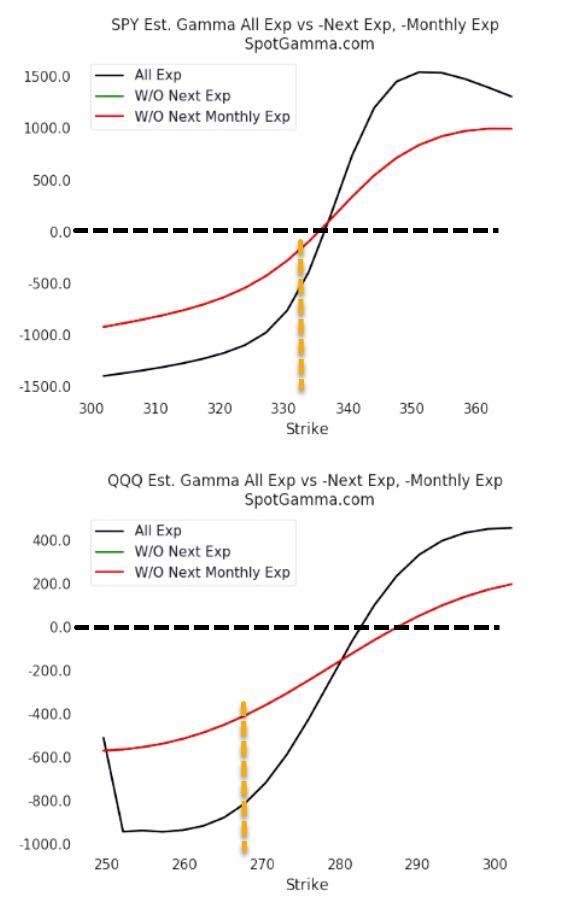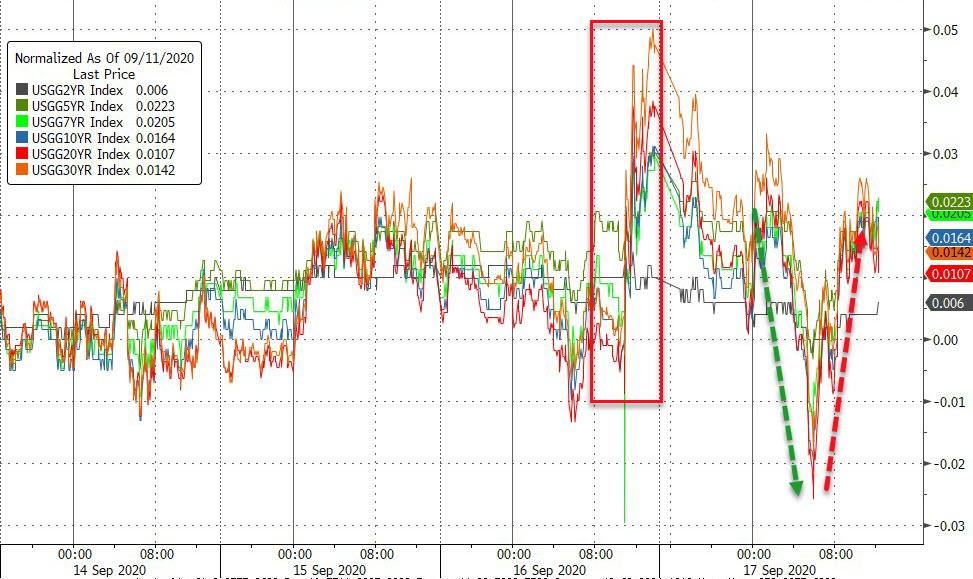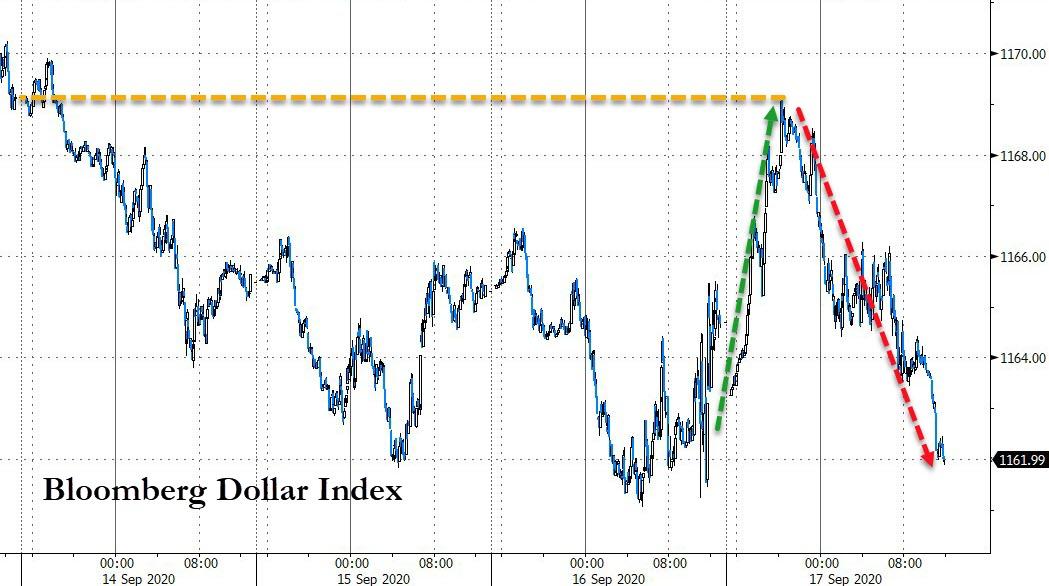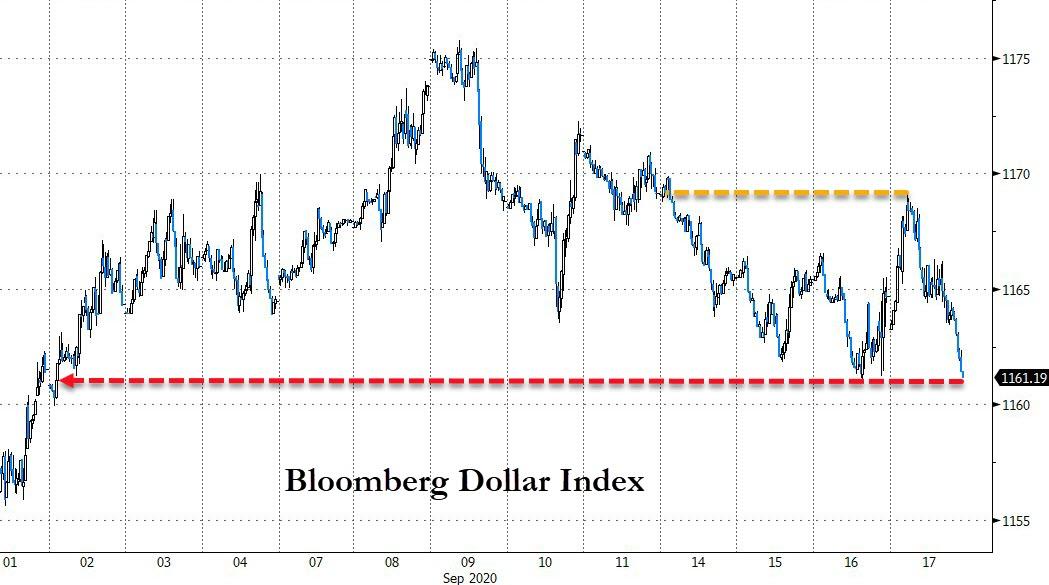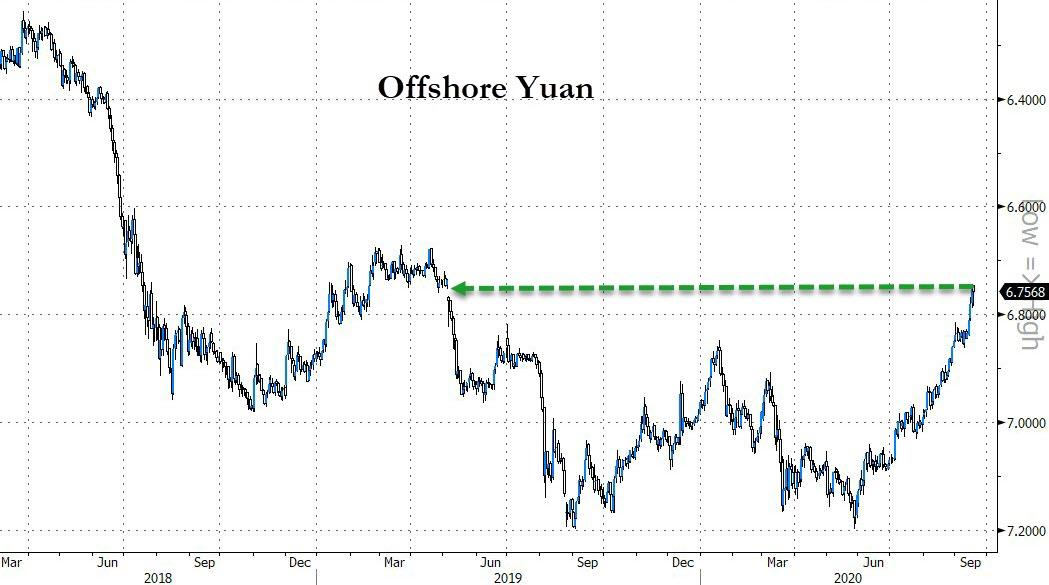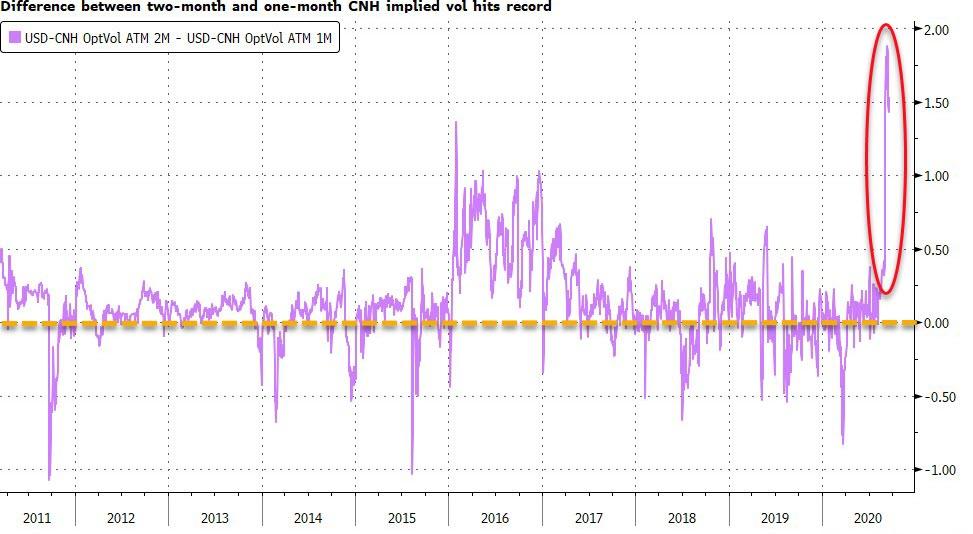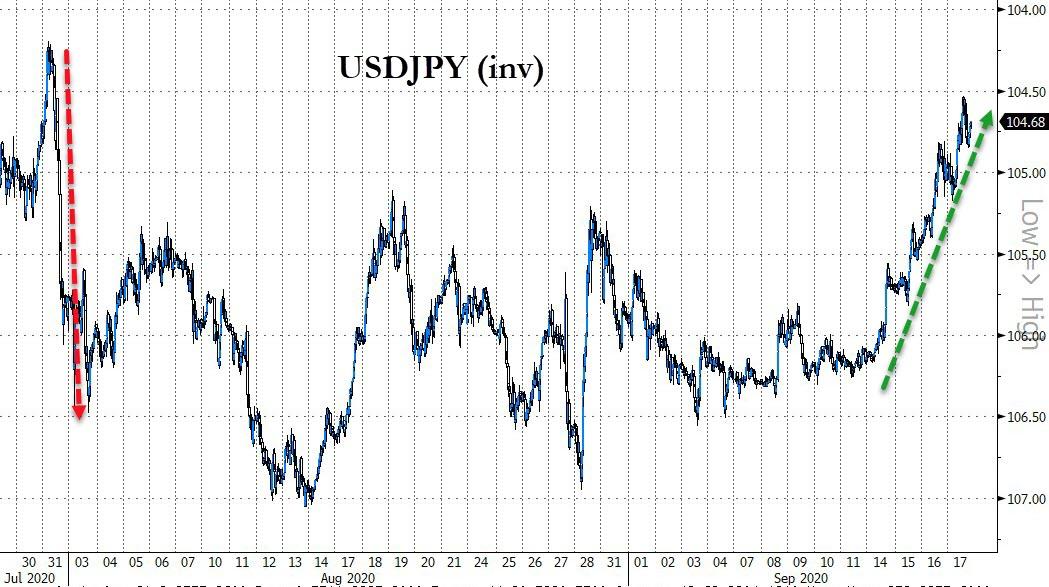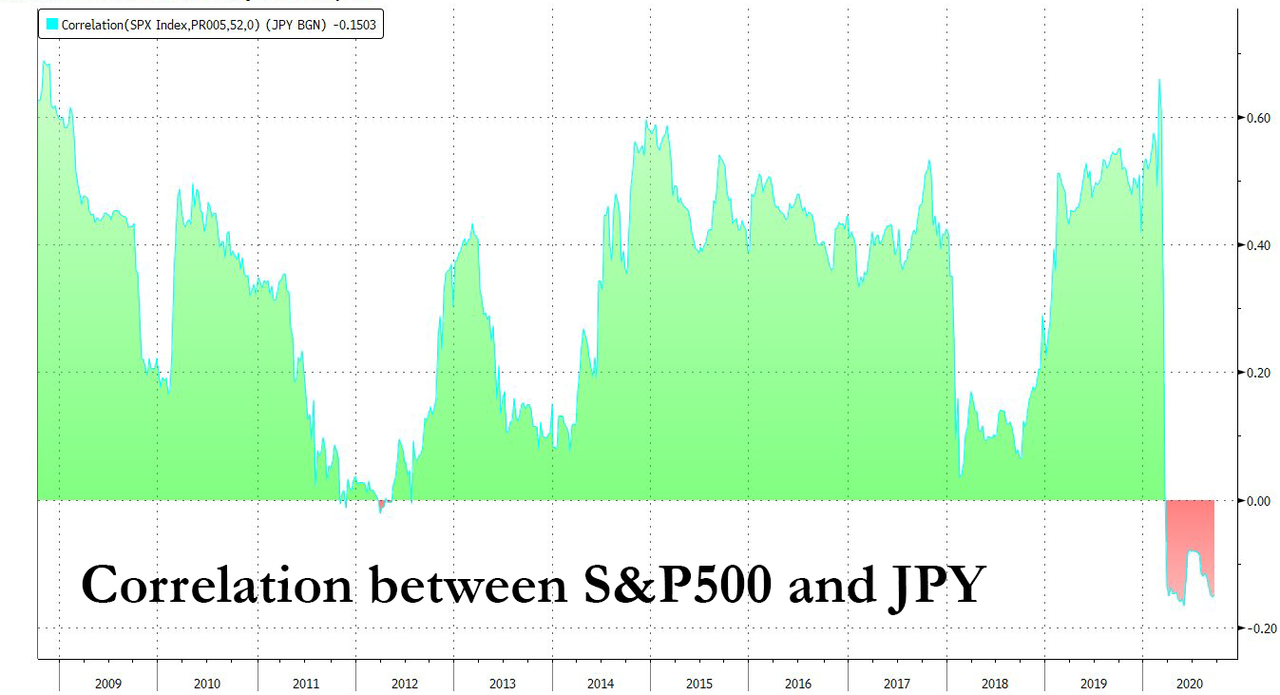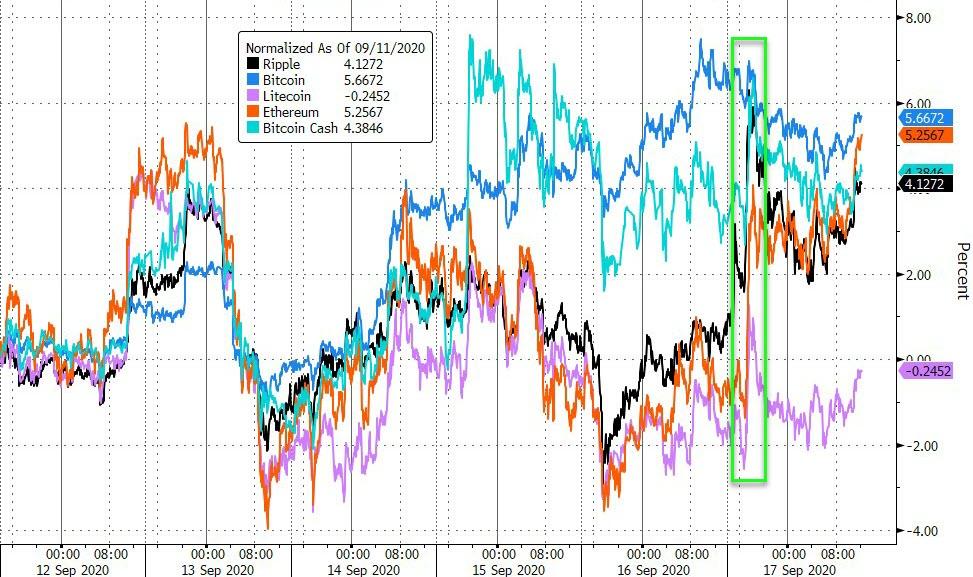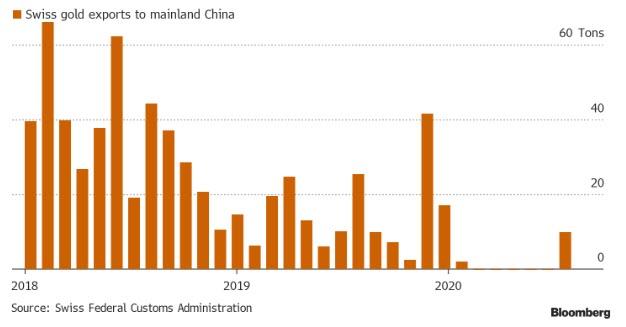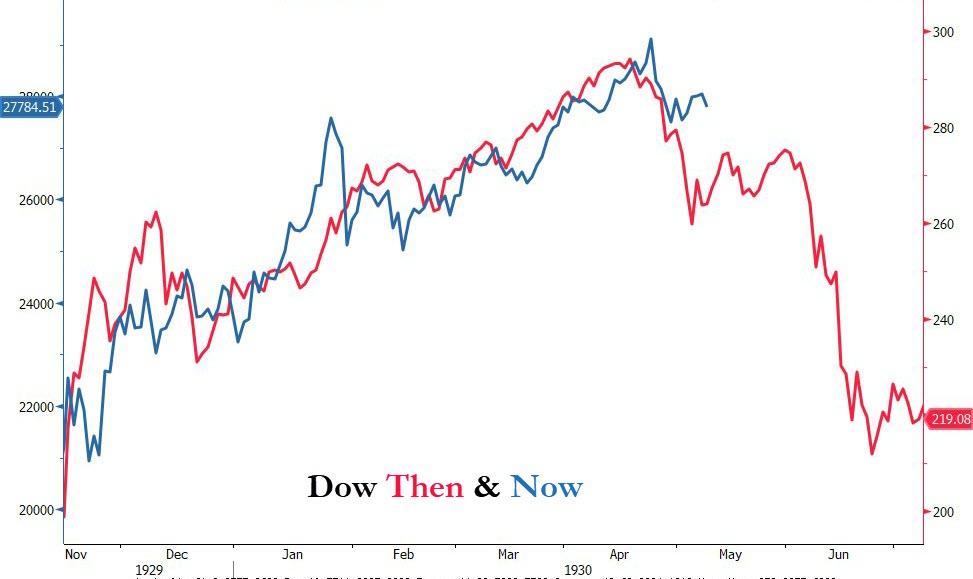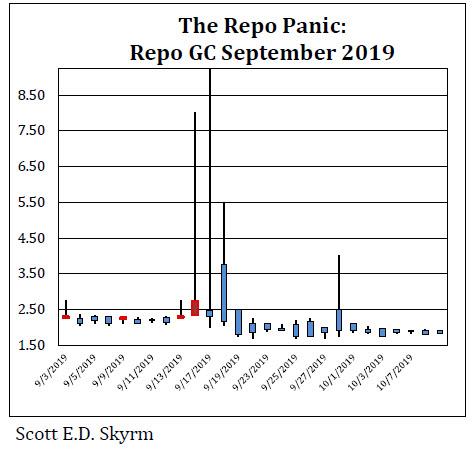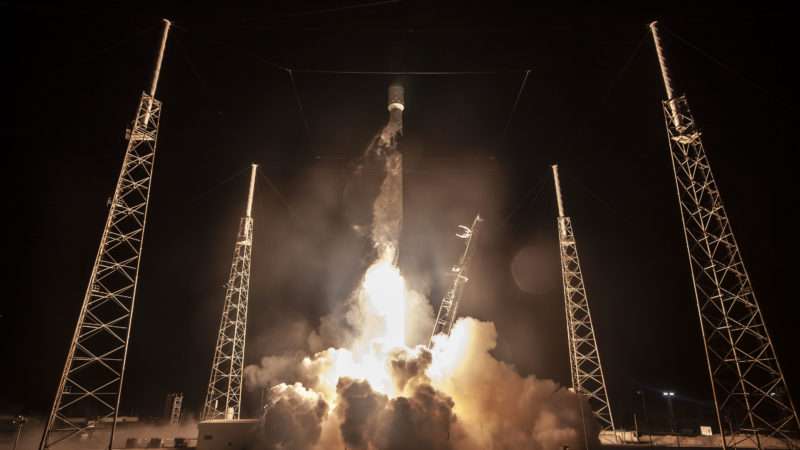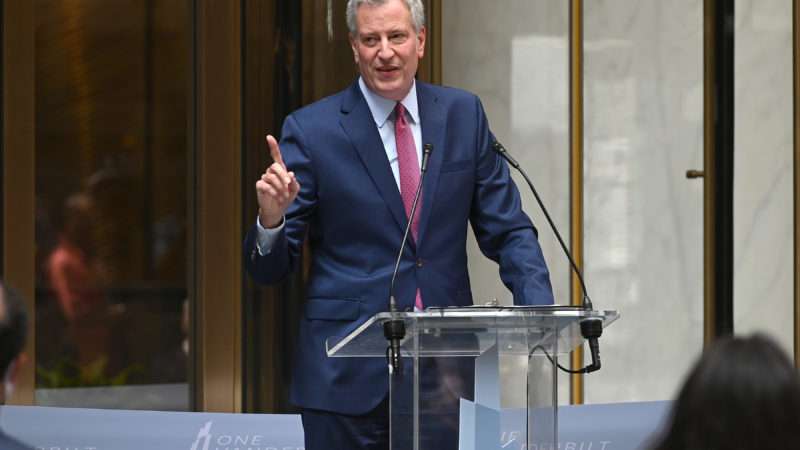
New York City was slated to reopen public schools on Monday, but that’s now on hold due to Mayor Bill de Blasio’s 11th-hour decision to delay.
“We are doing this to make sure that all the standards we’ve set can be achieved,” he said during a news conference on Thursday, according to The New York Times.
The new plan is for pre-K students to return to school next week, with everyone else waiting until later in September or early October. For now, the school year will begin virtually for K–12.
No plan is set in stone, of course. Government officials, under constant pressure to satisfy teachers unions that have threatened to strike unless their demands for greater caution are met, can always decide to keep kids at home even longer—no matter how inconvenient and frustrating for parents.
If de Blasio is sorry for making life tougher for working-class parents—many of whom rely on public school’s day care function—he isn’t saying so. The mayor specifically declined to apologize during his news conference. Many parents, as well as principals and teachers, were blindsided by the last-minute decision.
Principal “I’m embarrassed by the city’s response to this. We have been crying for the last half hour…if you have friends who you can form pods with…DO IT…Ineffective, inadequate leadership has made a mess of all of this.” @NY1
— Amanda Farinacci (@amandafarinacci) September 17, 2020
Note that for all the concern about being able to reopen safely, New York City arguably has a better handle on COVID-19 than any other major city in the U.S. The early days of the pandemic were obviously a disaster for New York, but the situation has improved dramatically since June.
“The positive test rate in NYC has been stable since mid-June—below 1.5%, usually below 1%,” writes Reason‘s Matt Welch on Twitter. “Our neighborhood is like 0.5%. They’ve had three months to focus on this one big job of reopening schools. And they have utterly botched it, throwing families of 1 million kids into chaos.”
from Latest – Reason.com https://ift.tt/3hGCjbN
via IFTTT

